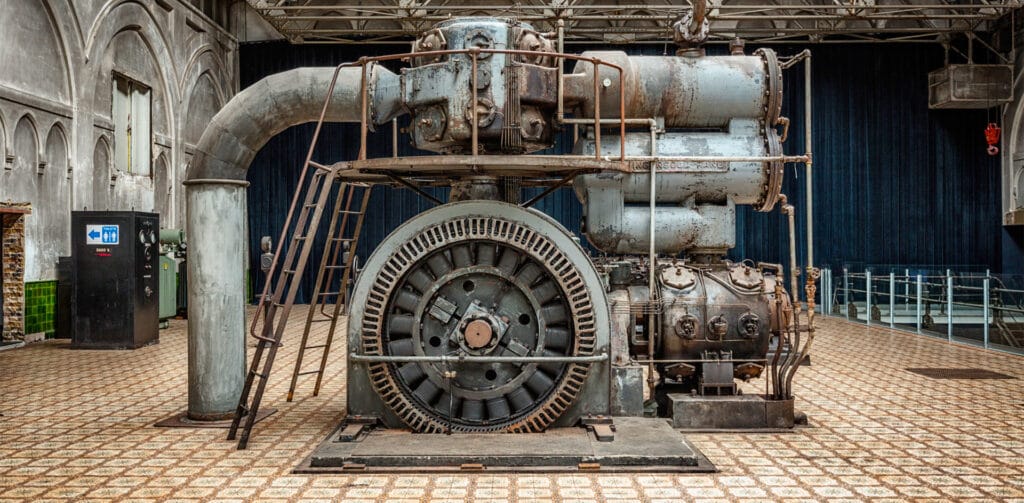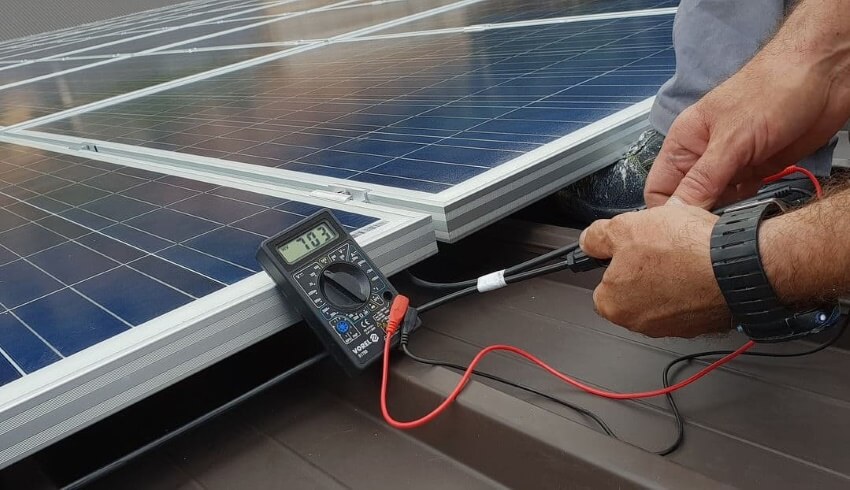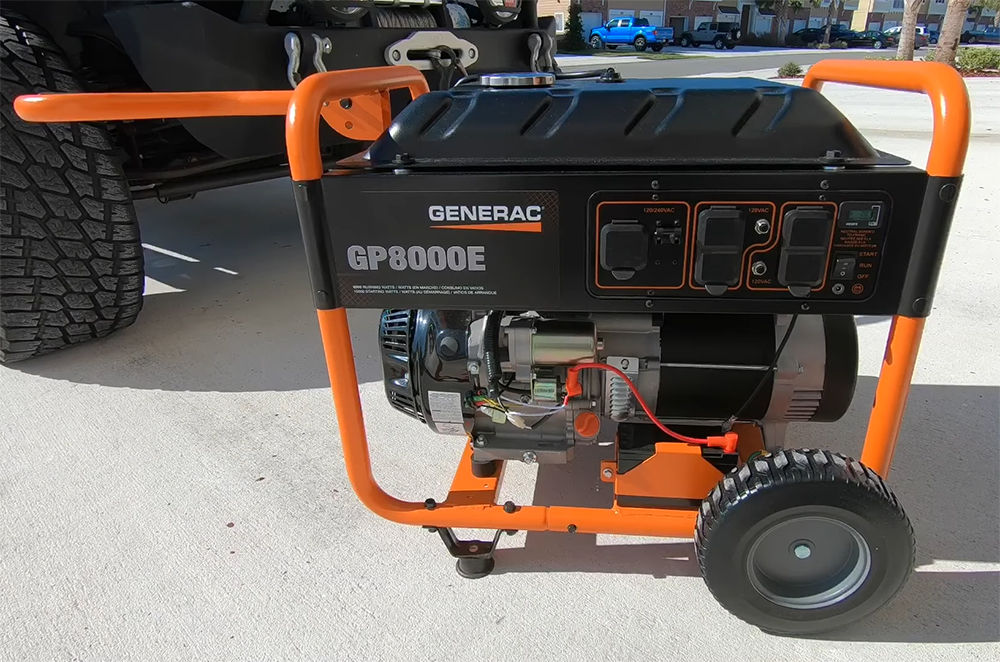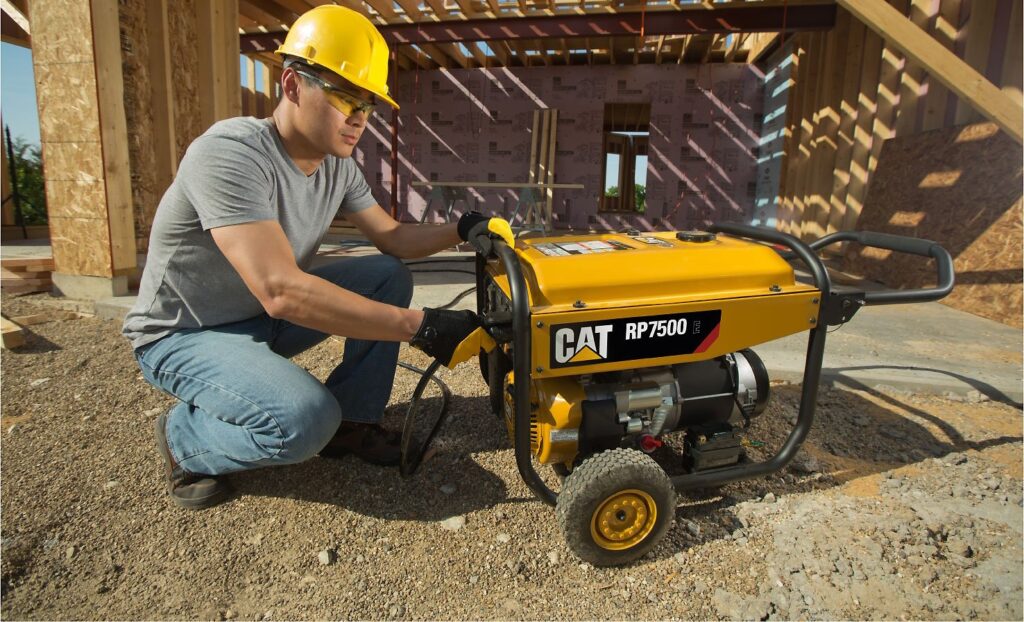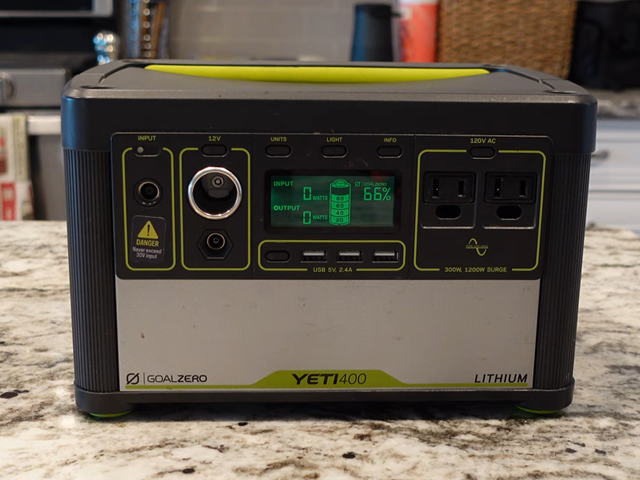
When an emergency strikes, there is little you can do to fix the situation and make all your problems go away. In the instance of something like a power outage, all you can really do is take measures beforehand to have a generator to keep you and your family safe and taken care of. However, many people have little idea of how generators actually work and the process of hooking a generator up to a house. By showing you how to connect generator to house, we will give you some advice as to how to go about the general set up as well as what exactly is needed to hook up a generator to your house.
To get your generator hooked up to your house, it isn’t just quite as simple as plugging the generator directly into your house. To properly ensure that your generator is correctly hooked up to your house’s electricity network, there are a few essential pieces of equipment you will need to complete the hook-up.
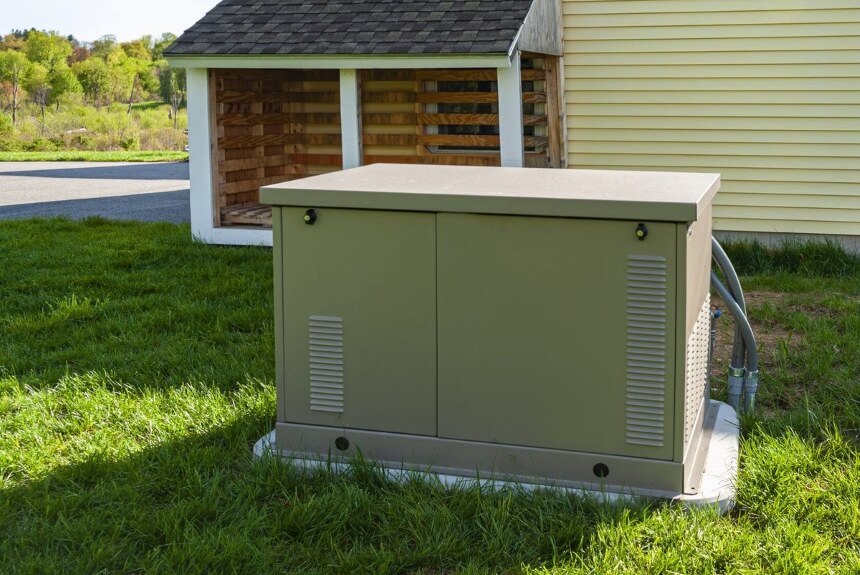 Transfer Switch
Transfer SwitchThe purpose of the transfer switch when used with a generator is pretty much exactly what its name suggests. When looking for how to connect a generator to your house power, a transfer switch may be what you are looking for. What this tool does is it takes the power from the generator and supplies it to your house by bypassing your preexisting electrical network. Having a transfer switch allows your home to run normally when there is power and then switch over to a generator for power when the electricity grid goes down. When choosing your style of transfer switch, you have the options of using either a manual or an automatic transfer switch. If you are using a portable generator, then you will need a manual switch because you will have to manually hook up the generator to your house and make the switch from grid to generator power. If you have a generator unit that is always connected to your house, then that is most likely an automatic unit that simply switches when the power goes out and the generator kicks in.
Every house will have a breaker and knowing what exactly it does for your power is crucial. Most houses keep the breakers in an electrical box which will contain a multitude of switches that correspond to certain electrical outlets throughout your house. Circuit breakers are designed to protect your electrical circuits and prevent any serious electrical damage in your house. If some anomaly of too much power or an issue in a certain circuit in your house is detected, then the circuit will be cut by the breaker and the power will stop flowing in that chain. Ever breaker switch will be rated for a different amount of power and is what keeps appliances from being overloaded with power if a surge arises. As you will see later, knowing what a break does will help you better understand how to connect a generator to house panel with ease.
At the heart of every electrical transfer of power is wire. Wire is a simple composite of metal fibers that allows electricity to flow easily and is used on many components of your houses electrical systems to transfer power. All of the wire in your house will be ready to receive power from a generator and there should not be any issues with the wire if there is a power outage. For the generator, you will most likely not need many wires other than those that connect the generator to the house. Most generators come with the correct wires to connect to your house with pre-installed generators being wired by however built the house.
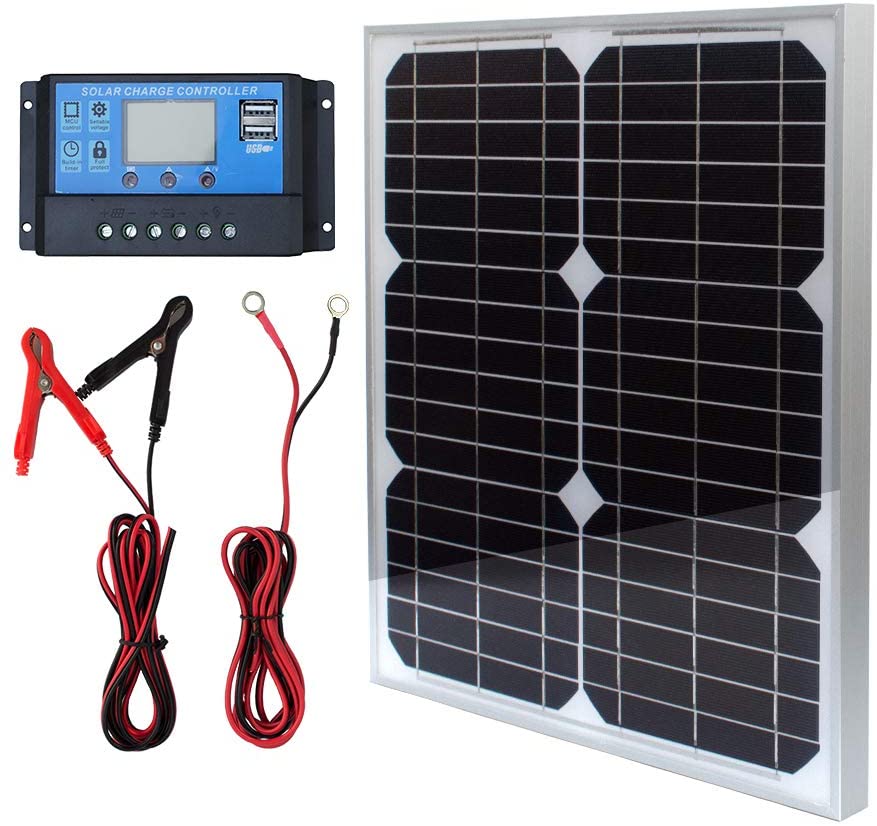 Generator extension cord
Generator extension cordSimilar to the wires mentioned above, the generator extension cord is a vital component of the power chain that keeps your house safe from harm. The primary reason that people use a generator extension cord is so that they can keep the generator as far away from their home as possible without losing any power. Generators are great tools, but not knowing how to connect a backup generator to your house could be deadly. Extension cords can give the generator a greater distance from your house which means that in the event that the unlikely event that the generator catches on fire or clogs, you will be safe from the danger and harmful emissions.
AS mentioned earlier, the breakers that are in your electrical box are what prevent serious damage to your house and its electrical wellbeing. A breaker interlock kit is a method of wiring up the breakers in your house in a specific way that can be installed yourself and are cost effective. However, this method of breaker is known to be dangerous to set up and needs to be done with extreme care to prevent serious injury or death. Another breaker type is a manual transfer switch which costs a little more to install but is much easier to use and live with.
With so much electricity and power being dealt with, having a secure layer of protection around your wiring will help keep you and your house safe. Schedule 40 is a classification of pipe that was designed to insulate electrical wires and keep them safe from danger. Using the conduits and fittings with conduit 40 specification will keep you and your generator safe by keeping the electricity contained and protected.
Now that you know wat kind of equipment you need to use when setting up a generator for your home, let’s look at the easiest ways to hook up a portable generator to your home.
When using a transfer switch to connect a portable generator to your home, you will need to make sure your system is properly set up and ready to receive power from a generator. Depending on the type of transfer switch you have, the way in which you set it up could vary. Considering that we are talking about portable generators, we will assume you have a manual transfer switch. What you need to do is make sure all the breakers to your house are off before plugging in the generator. With all the power sources off, switch your transfer switch to an external source so that power will be coming from your generator. You can now turn your breaker switches on for essential items and the power should now be coming from the external generator.
When you hook up a generator with a breaker interlock system, it is similar to using a transfer switch without some steps. What the system does is only allow one source of power to be received into your house and prevents two sources of power from going into the system. What this means is that all you have to do is turn off your breakers and then plug the generator into your house for the system to recognize what power it needs to use. Just turn on the breakers and you should be all set
With the process of setting up a generator requiring your full attention, here are some tips we recommend you apply when hooking a generator up to your house.
If you plan on hooking up any generator to your house, make sure you are fully aware of what system your house has and is capable of handling. A transfer switch is necessary to ensure that only the power available is being used to supply your house and makes sure that your home is not being fed power by too many sources. IF you just plug in a generator without checking the transfer switch, you could easily experience a power surge and cause some big issues.
When wondering how to install a portable generator, many people think that you can just plug them in anywhere. This is not only wrong, but it is dangerous. The connectors on a washer or dryer are similar to those used by a generator, but they are designed for completely different things. Additionally, if you are using a generator to power your house, it is not advised that you use them to power large appliances like a washer or dryer as they require too much power to run and could end up hurting your generator or electrical wiring in your house.
A very common question that most homeowners have about generators is what size generator they should buy for their home. With portable generators coming in a large array of power outputs and sizes, let’s take a look at the most common considerations buyers make.
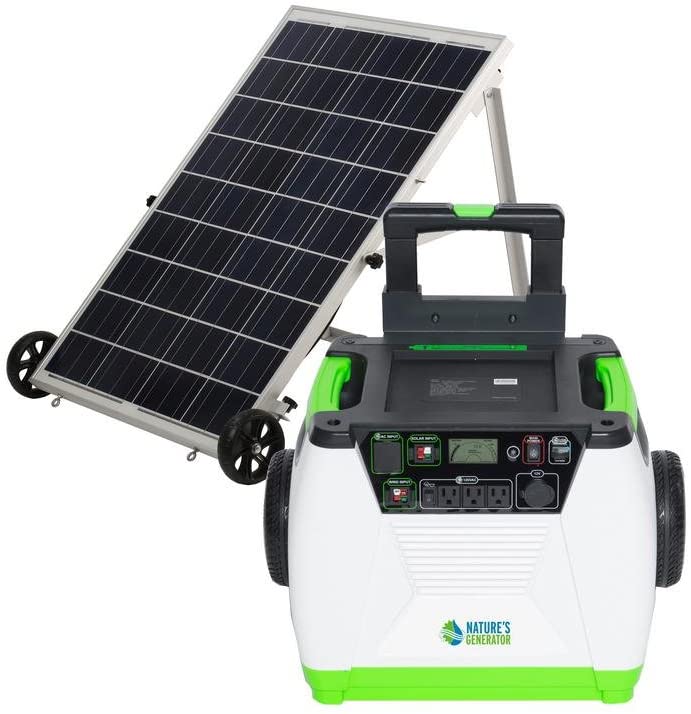 Generator portability
Generator portabilityWhen you look at generators online, it is easy to want to buy the biggest and most powerful one without realizing how large and heavy it really is. Generators are large and heavy by nature as they are essentially just engines on wheels. Picking a generator that you feel comfortable moving in rough weather and times will ensure that you never have to keep the power off because getting the generator out is too difficult.
Knowing what you plan on powering is another important consideration to make when looking for a generator. Most smaller generators are capable of having enough power to keep the lights and heat on as well as some other basic outlets. A larger and more powerful generator will be able to keep large things like a fridge going without much of a fuss. Just remember that larger things like an oven or fridge will take much more power to use than lights and basic necessities.
Last but certainly not least is the consideration of cost. This one comes down to your own budget and how much you value your power. If you just want a backup for the very necessities, then you can get by with an affordable and less powerful unit. If you need maximum power in a large package, then spend the big bucks for a powerful unit.
With all being said and done, knowing how to connect generator to house when you need power will save you from dark and cold nights. Use the steps given to set up your own portable generator and ensure that you have listened to everything mentioned in this article to keep yourself safe and with power.
